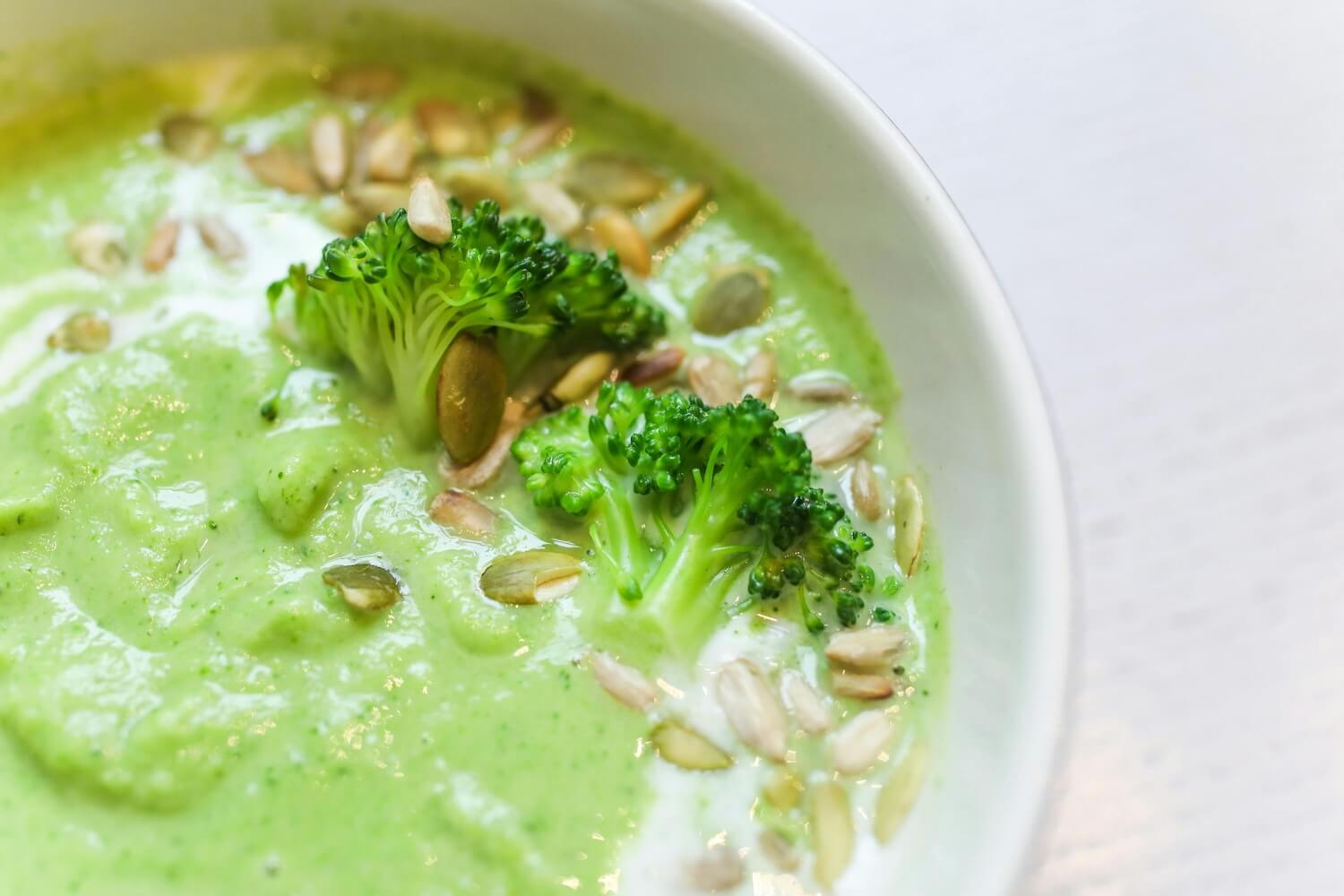I’m sure you’ve heard the term “Whole Foods Diet”
Swirling around the world of nutrition, but do you fully understand what it means? This is not a diet aimed at getting you to shop at the popular Amazon owned grocery store. It encompasses much more than what one grocery store can promise.
So, what is a whole foods diet? As we dive deeper into this rabbit hole of nutrition, let’s learn more about the mystery surrounding the terms used so frequently. A whole foods diet is a way of eating that focuses on consuming foods not processed or minimally processed foods. Okay, so what are processed foods? According to the department of agriculture, processed foods are any raw agricultural products that have any process done to them that alters their natural state. This may include adding preservatives, flavors, nutrients and other food additives, or substances approved for use in food products, such as salt, sugars, and fats.

How do I know what foods are processed? The best way to know if the foods you are purchasing and consuming are processed is to begin reading the label on the packaging. When beginning your whole foods diet journey, the ingredient list may seem daunting and confusing. It is important to be on the lookout for ingredients added during processing like hidden sugar listed as “added sugars”, fat, and sodium.
Identifying words on labels such as “maltose”, “glucose syrup”, “brown sugar”, “corn syrup”, “fruit juice concentrate”, “honey” are red flags indicating added sugars. Added sugars are not natural and can create a high total sugar value putting your body in the position to deal with an excessive glucose burden, potentially creating insulin insensitivity, which can result in increased risk of weight gain and Type 2 Diabetes. Look for foods with low added sugar content.
Additionally, the recommended daily allowance (RDA) of sodium for the average person is 2,300 mg per day. Processed foods typically have high sodium content as it is a means of preserving food to extend shelf life. Ever wonder why fresh foods go bad so quickly? They don’t have added sodium salts extending their shelf life. Sodium plays a large role in water retention that can lead to inflammation and increased blood pressure. Look for labels that state they are low- or reduced-sodium foods.
So, what are examples of whole foods? Think of food that you see and recognize as one that exists in nature, for example, nuts and seeds, fresh fruits and vegetables like avocados, lettuces, apples, cucumbers, snap peas, etc. It’s ok to occasionally consume lightly processed foods. Just be mindful of added sugars, excess sodium, types of fats present. Avoid eating highly processed foods like white bread, snack mixes, chips, crackers, frozen pizza, fast foods, commercially baked goods, soda and other sweetened beverages.
One of the greatest benefits of eating whole foods is their retention of nutrients, phytochemicals, and fiber. They are considered nutrient dense foods that will help prevent chronic diseases like cardiovascular disease, optimize weight, improve gut health, and create a stronger immune system.
Lastly, there are two types of fat listed on food labels, saturated fats and trans fats, AKA trans fatty acids. Both trans-fat and saturated fat can negatively affect your cholesterol by raising LDL “bad” cholesterol and lowering HDL “good” cholesterol. This trend increases your risk of heart disease and stroke.
It is best to eat whole-foods (foods not processed) or minimally processed foods. Let’s rank the level of processing according to the Academy of Nutrition & Dietetics:
- Minimally processed foods are foods simply prepped for convenience and include foods like fresh blueberries, cut vegetables, and roasted nuts.
- Foods processed at their peak to lock in nutritional quality and freshness are foods like canned tomatoes or tuna, frozen fruit, and frozen vegetables.
- Foods with ingredients added for flavor and texture like sweeteners, spices, oils, colors & preservatives include jarred pasta sauce, salad dressing, yogurt, or cake mixes.
- Some of the most heavily processed foods include ready to eat foods like crackers, chips, deli meat, frozen or premade meals like frozen pizza and microwavable dinners.
So, what are examples of whole foods? Think of food that you see and recognize as one that exists in nature, for example, nuts and seeds, fresh fruits and vegetables like avocados, lettuces, apples, cucumbers, snap peas, etc. It’s ok to occasionally consume lightly processed foods. Just be mindful of added sugars, excess sodium, types of fats present. Avoid eating highly processed foods like white bread, snack mixes, chips, crackers, frozen pizza, fast foods, commercially baked goods, soda and other sweetened beverages.
One of the greatest benefits of eating whole foods is their retention of nutrients, phytochemicals, and fiber. They are considered nutrient dense foods that will help prevent chronic diseases like cardiovascular disease, optimize weight, improve gut health, and create a stronger immune system.




This Post Has 0 Comments